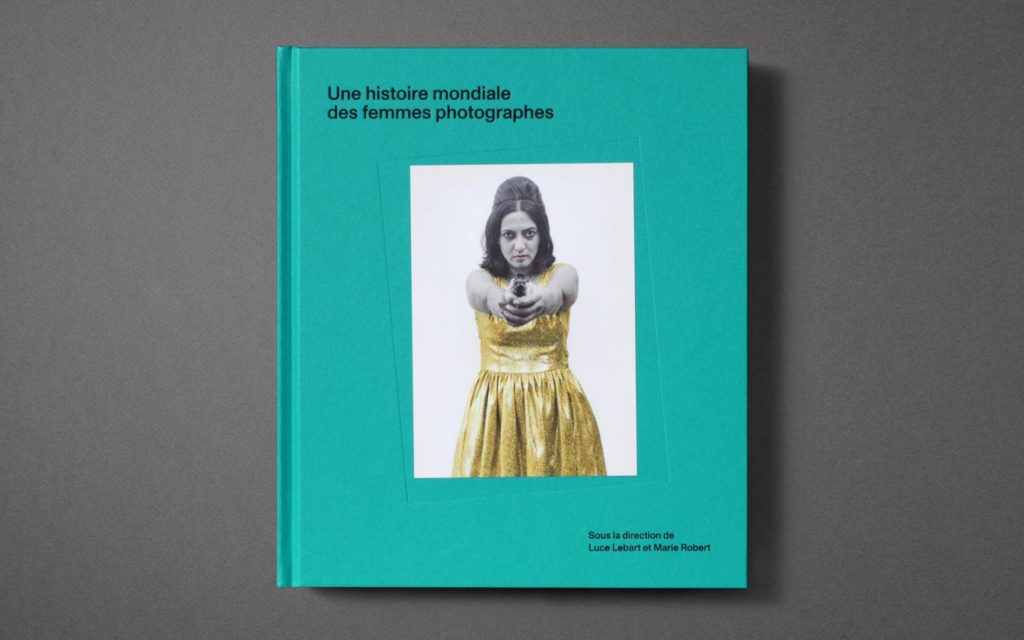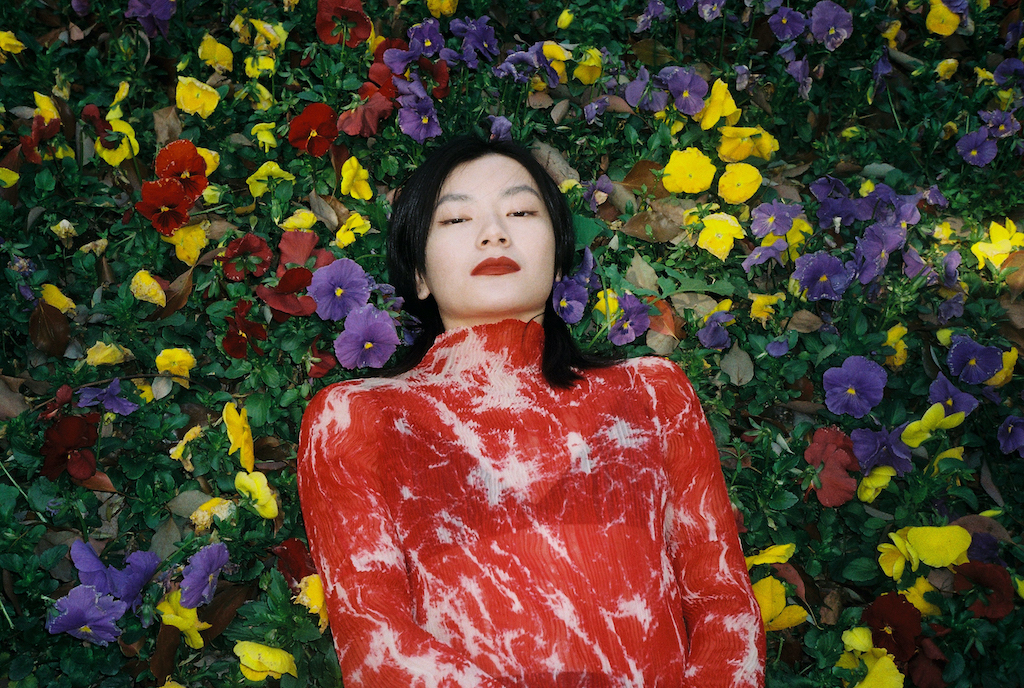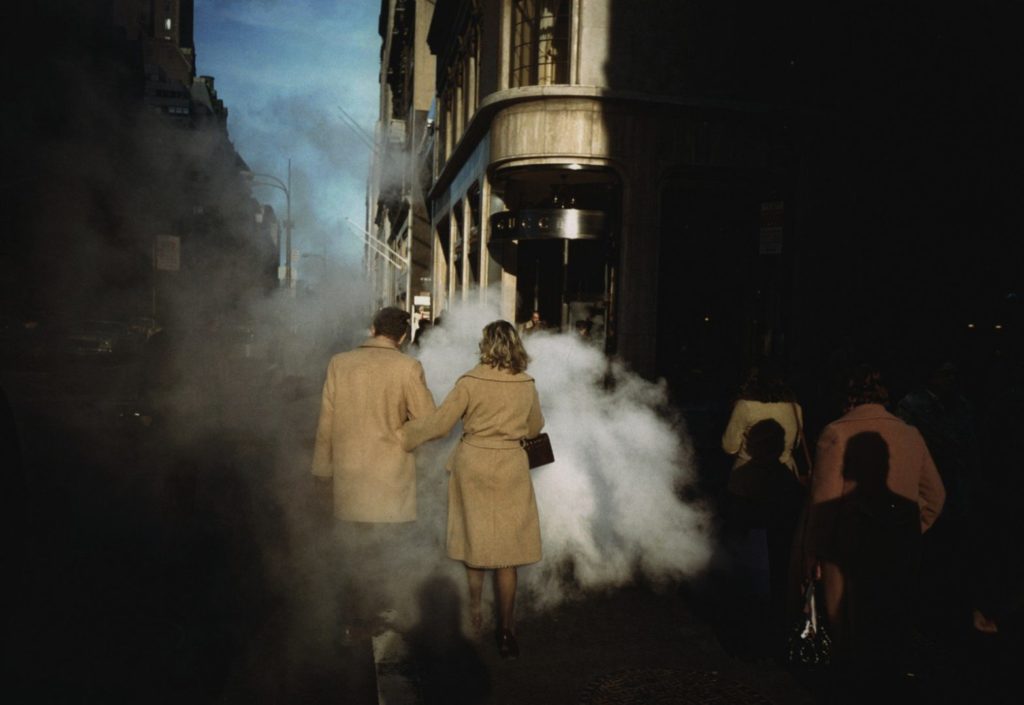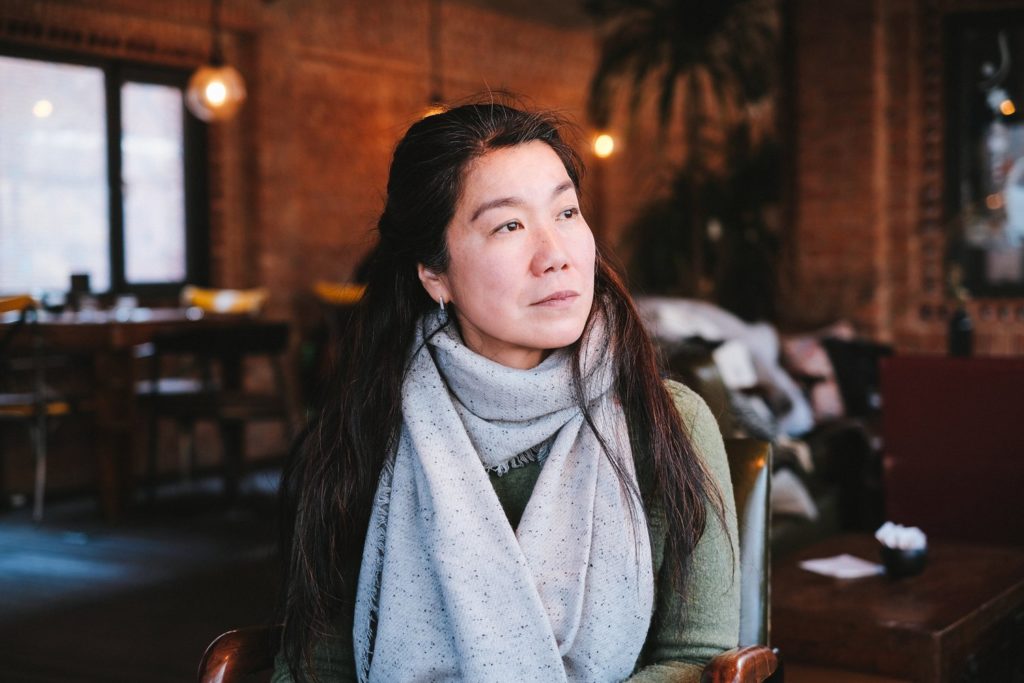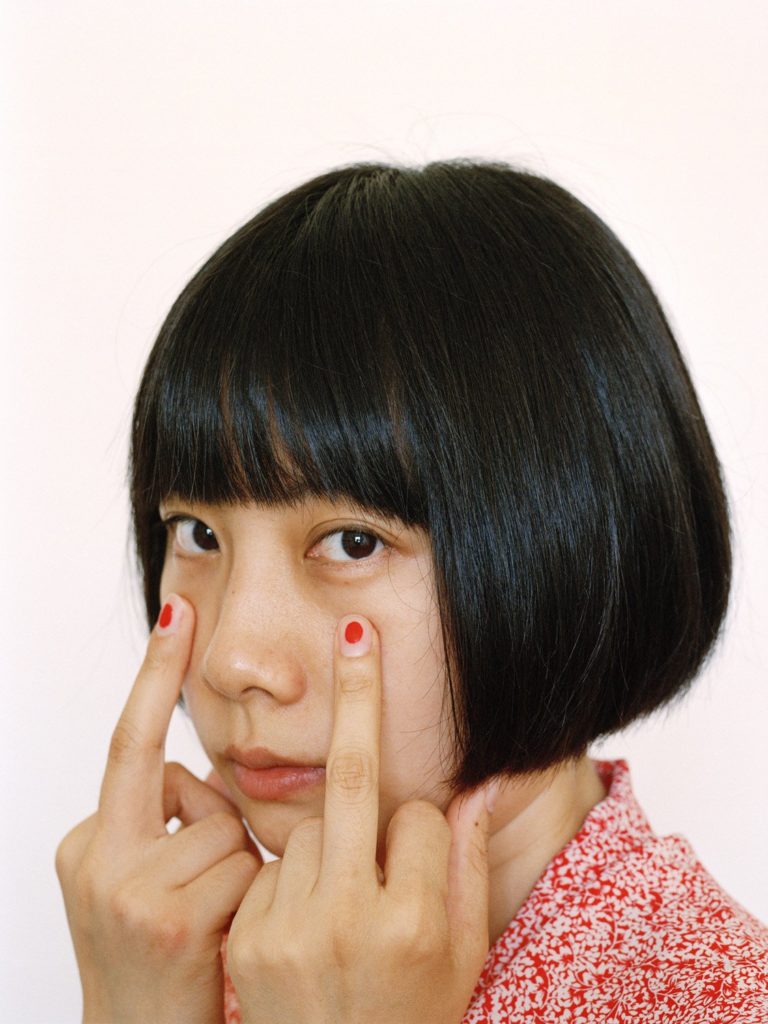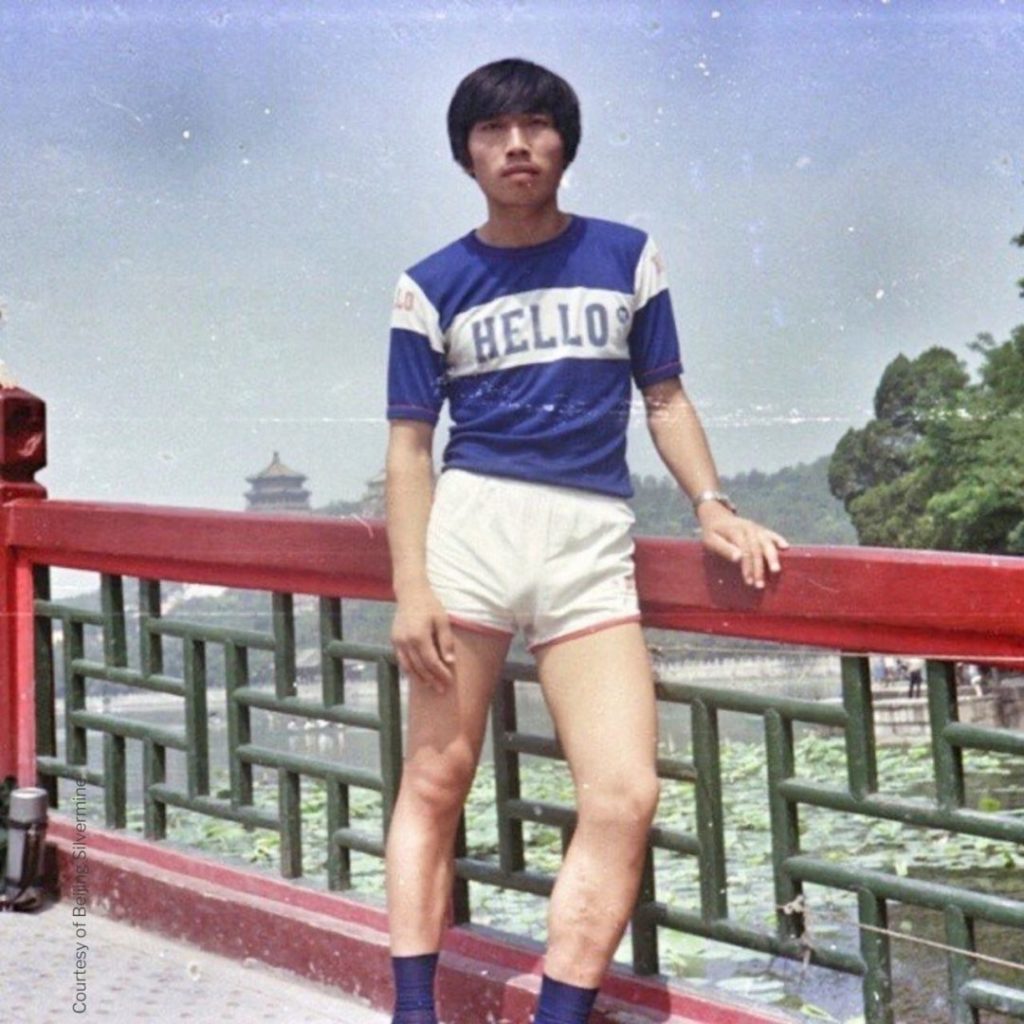“Since the invention of the camera, women photographers have been key innovators in the medium and members of all major photography movements. These are artists who never stopped documenting, questioning, and transforming the world, breaking down social boundaries, challenging gender roles, and expressing their imagination and sexuality.” – Thames & Hudson
This sweeping collective survey illustrated with 450 images features works by 300 women photographers from around the world, from the medium’s earliest days to the dawn of the 21st century. Few of their names have come down to us today: the renown of the “great masters” has airbrushed them out of the history of photography.
For this manifesto book, Luce Lebart and Marie Robert asked 160 female authors from around the world to write about the diversity and careers of these women photographers.
Doors coordinated the book section dedicated to China: nine biographies introducing the Empress Cixi, Isabella Bird, Hou Bo, Xiao Zhuang, Wong Wo Bik, Wang Miao, Xing Danwen, Cui Xiuwen and Chen Lingyang, authored by Bérénice Angremy, Marine Cabos, He Yining, Victoria Jonathan and Karen Smith.
More information on the French or English edition
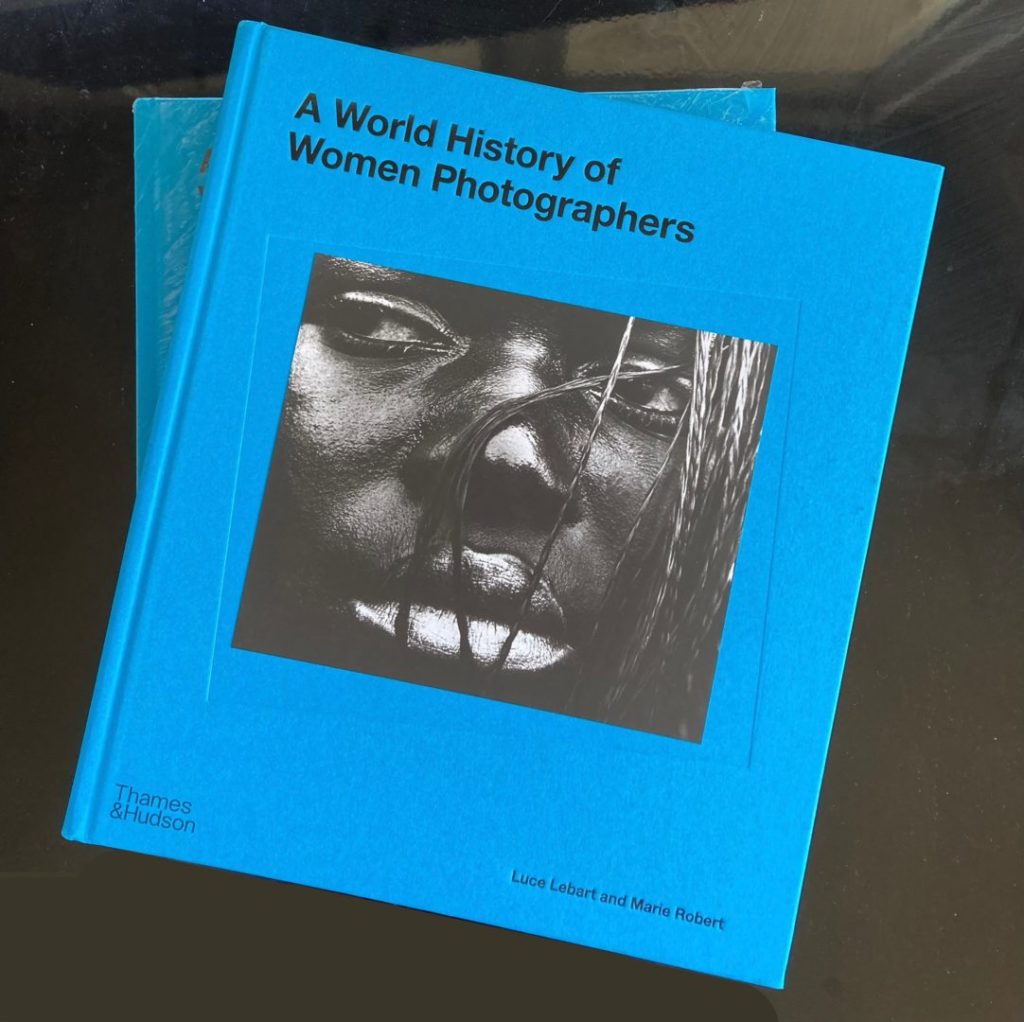
Luce Lebart, Marie Rombert (ed.), "A World History of Women Photographers", 2022, Thames & Hudson.
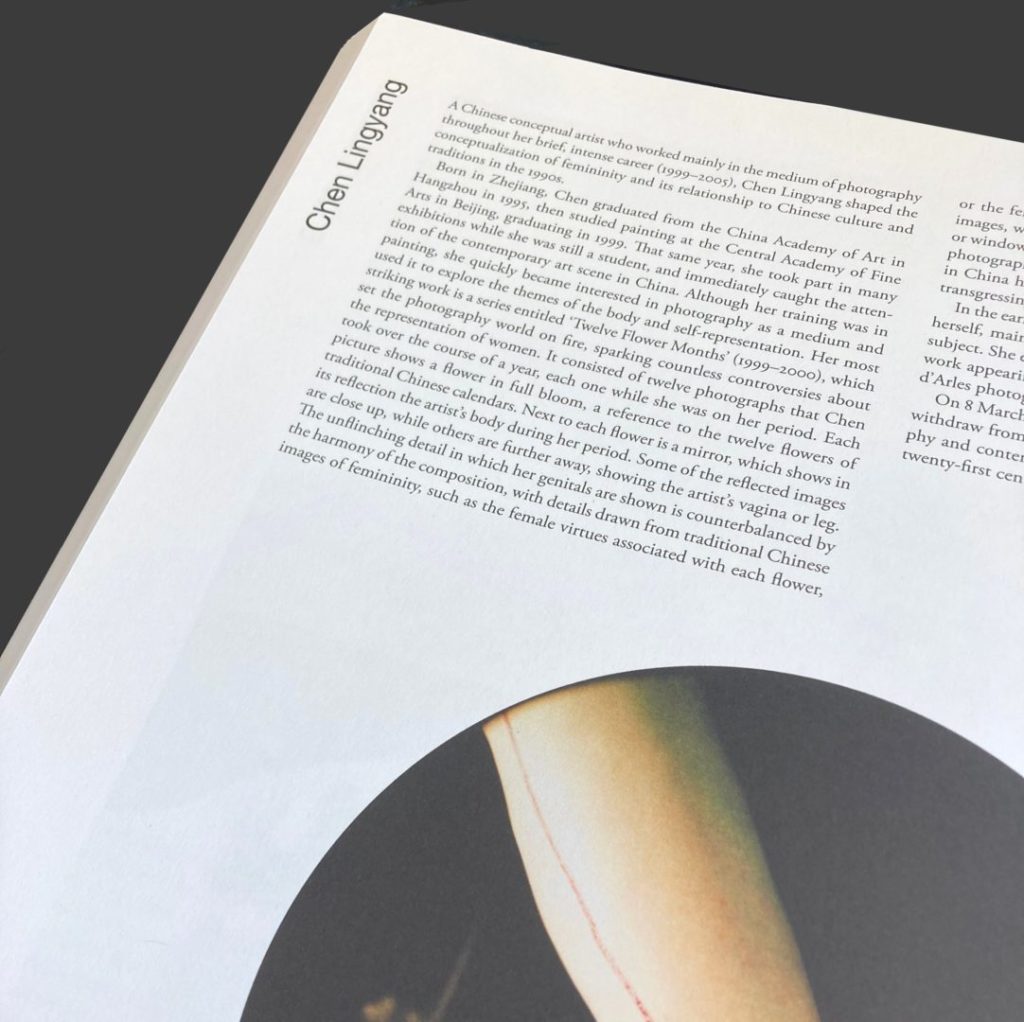
Chen Linyang in "A World History of Women Photographers", Thames & Hudson, 2022, p.438.
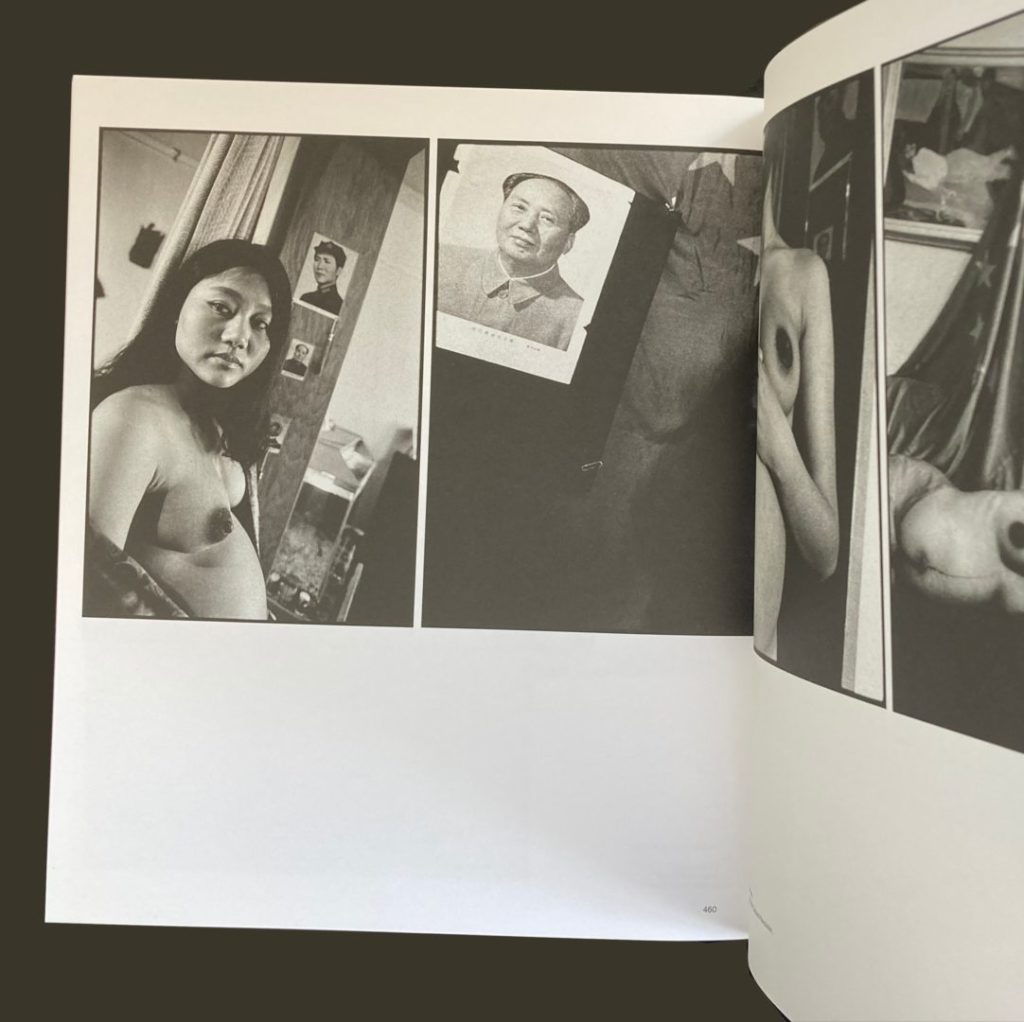
Xing Danwen, "Born with the Cultural Revolution", 1995. Courtesy of the artist.
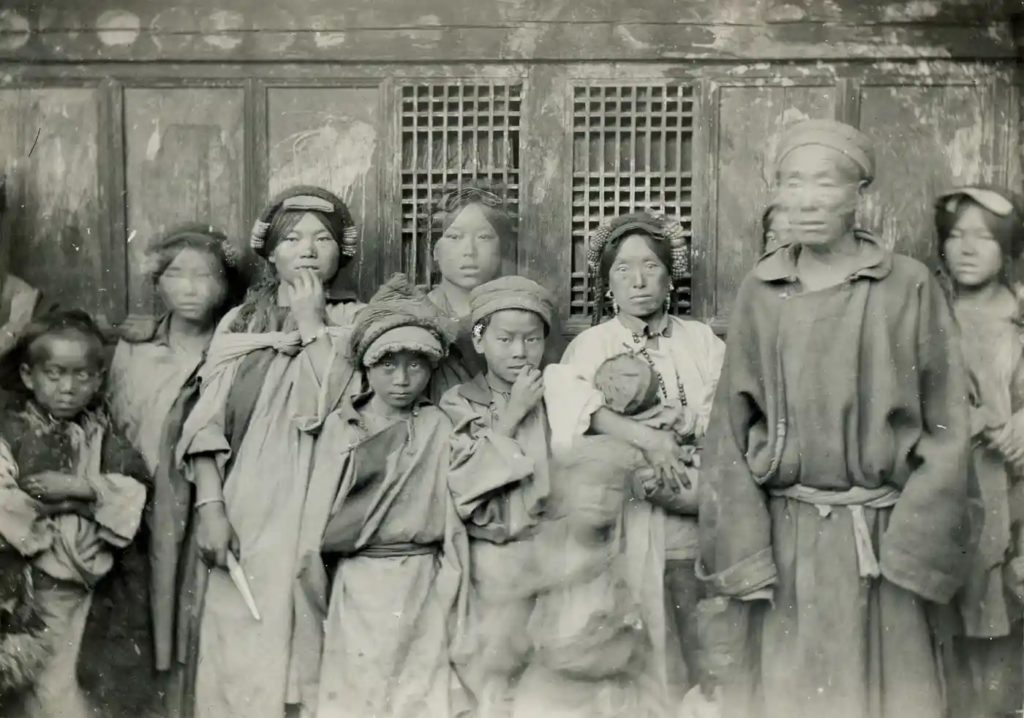
Isabella Bird, "A Heshui family, Ku-erh-Kio", 1896.
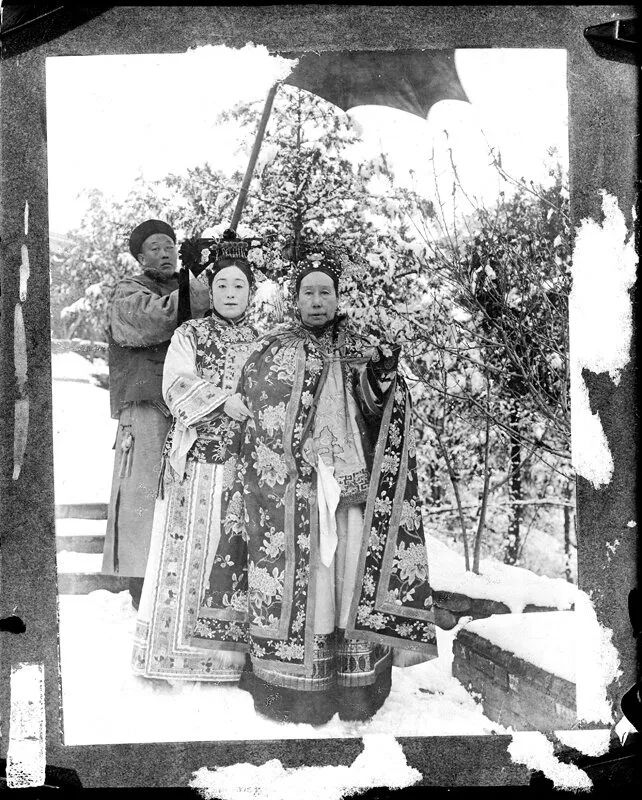
Empress Cixi, Arthur M. Sackler Gallery, Smithsonian Institution
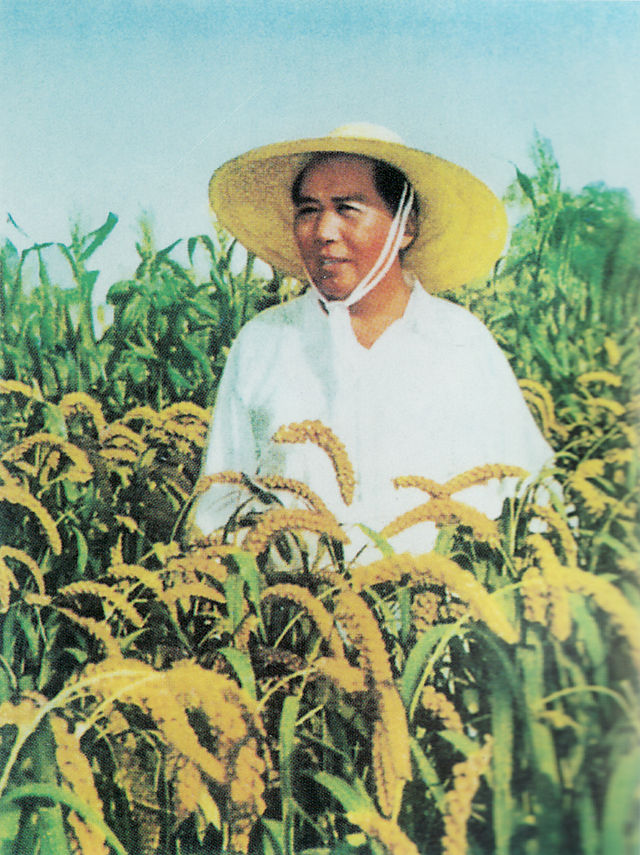
Hou Bo, Mao Zedong inspects local agricultural development, 1958.
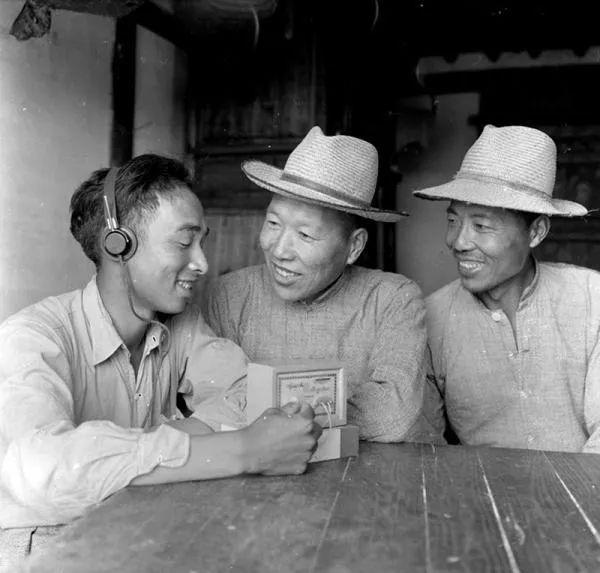
Xiao Zhuang, "A member of Yinyang Commune in Qidong Country, Jiangsu Province, listening to the news with headphones", 1962. Courtesy of the artist.
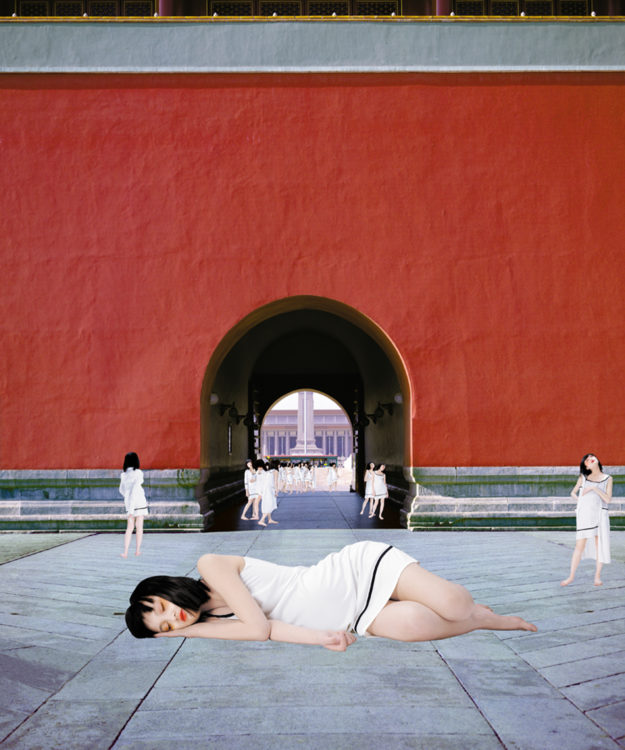
Cui Xiuwen, "Angel n°11", 2006.
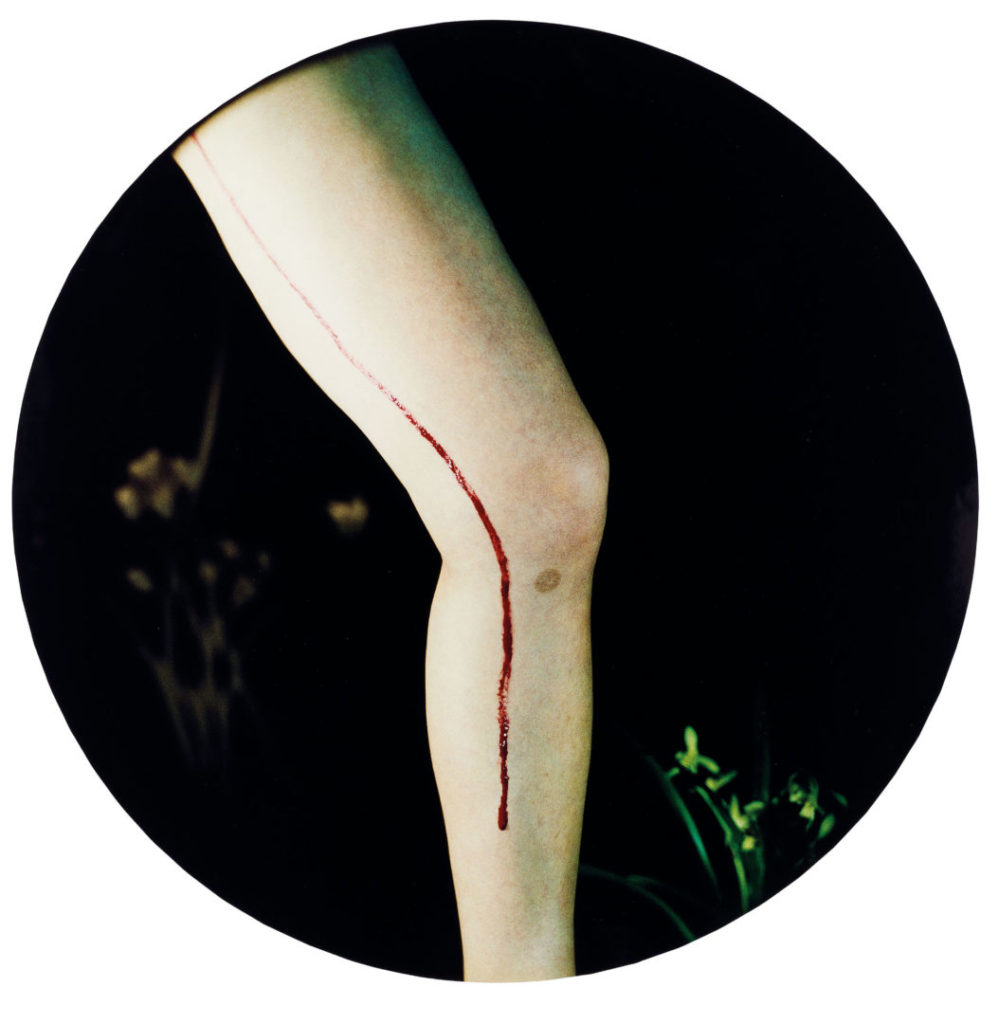
Chen Lingyang, "The Seventh Month Orchid", 1999. Courtesy of the artist.
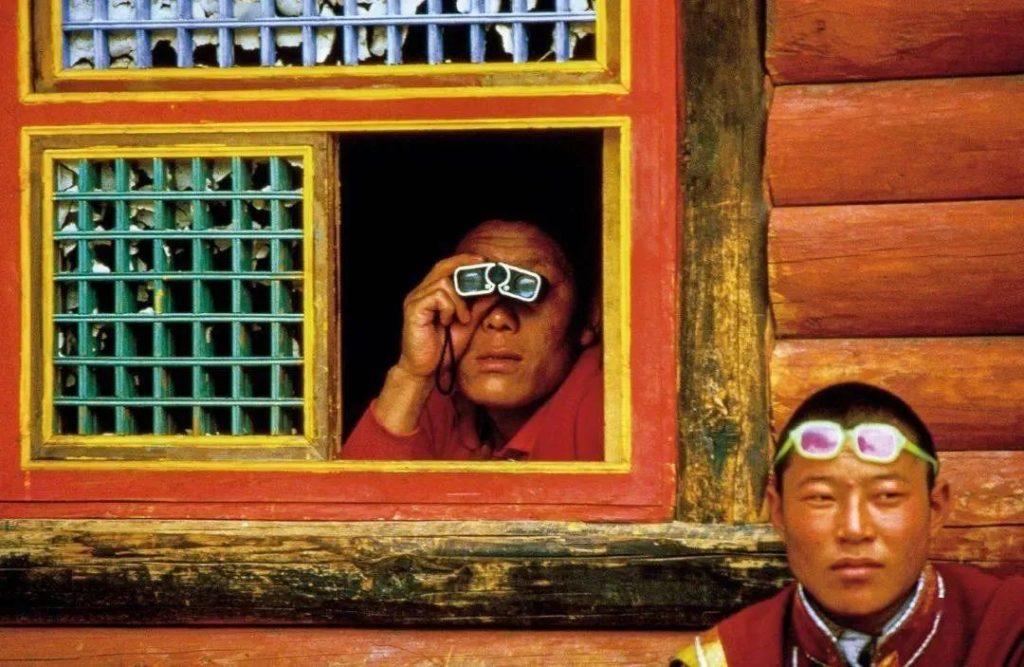
Wang Miao, Work from the album "The Mysterious Plateau of Tibet"
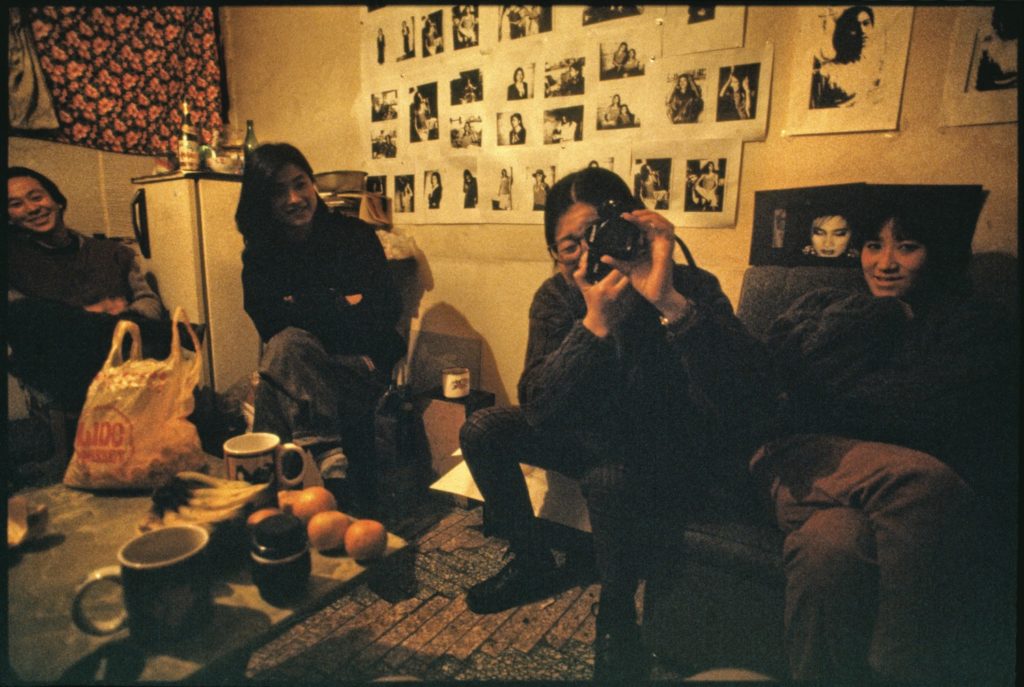
Xing Danwen, from the series "A Personal Diary". Courtesy of the artist.

Luce Lebart, Marie Rombert (ed.), "A World History of Women Photographers", 2022, Thames & Hudson.

Chen Linyang in "A World History of Women Photographers", Thames & Hudson, 2022, p.438.

Xing Danwen, "Born with the Cultural Revolution", 1995. Courtesy of the artist.

Isabella Bird, "A Heshui family, Ku-erh-Kio", 1896.

Empress Cixi, Arthur M. Sackler Gallery, Smithsonian Institution

Hou Bo, Mao Zedong inspects local agricultural development, 1958.

Xiao Zhuang, "A member of Yinyang Commune in Qidong Country, Jiangsu Province, listening to the news with headphones", 1962. Courtesy of the artist.

Cui Xiuwen, "Angel n°11", 2006.

Chen Lingyang, "The Seventh Month Orchid", 1999. Courtesy of the artist.

Wang Miao, Work from the album "The Mysterious Plateau of Tibet"

Xing Danwen, from the series "A Personal Diary". Courtesy of the artist.
Isabella Bird was an English traveler, photographer, and writer of the second half of the 19th century. She was the first woman to join the Royal Photographic Society and the Royal Geographical Society. She mainly traveled to China, and wished to change the Western view of China through the publication of books combining photographs and personal experience.
Empress Dowager Cixi had her hand on all the photographs taken of her, from the costume to the framing and composition.
Hou Bo is one of the most notorious photographers of Mao Zedong. She learned photography during the 2nd Sino-Japanese War (1937-1945), seeking to present a better image of the Chinese Communist Party’s work to the world.
Xiao Zhuang started as a photojournalist in the 1950s. She documented the everyday life of Mao’s China between the 1950s and 1970s.
Wong Wo Bik explores the aesthetic of the disappearance of built structure and cityscape through the application of still and moving images.
Wang Miao is one of the founders of the April Photo Society. Born in Beijing in 1951, she experienced the same “age of turmoil” as many of her peers and is a self-taught photographer.
Xing Danwen is one of the most prominent photographers who emerged in the 1990s. She depicted artistic life in the “East Village” and underground Beijing during this period. Read our interview with Xing Danwen here.
Cui Xiuwen was part of the Siren Art Studio, a collective of women artists whose work openly addressed feminist issues. She wanted to make women’s voices heard and to find places to exhibit in a male-dominated art world.
Chen Lingyang is a pioneer artist active in the 2000s who contextualized the subject of femininity in relation to Chinese traditional culture. Chen’s best-known series, “Twelve Flower Months”, by evoking private and public imageries, simultaneously relates to the individualistic and collective experience of women living in China.

